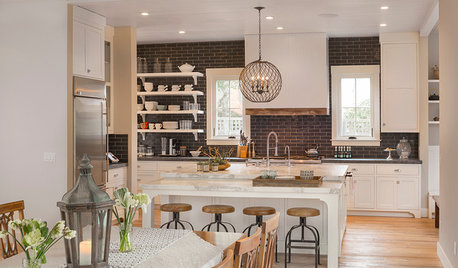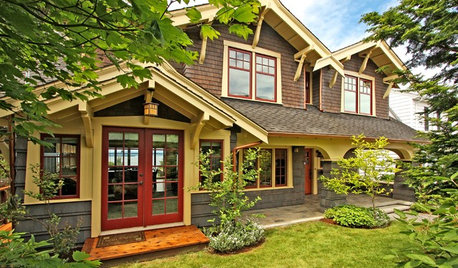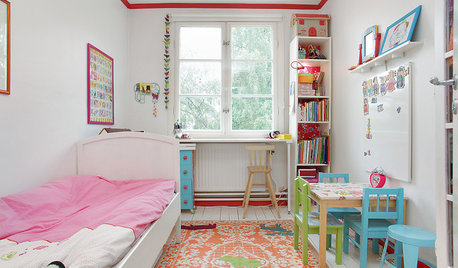change areas for tomatoes regularly?
vieja_gw
11 years ago
Related Stories

EDIBLE GARDENSSummer Crops: How to Grow Tomatoes
Plant tomato seedlings in spring for one of the best tastes of summer, fresh from your backyard
Full Story
COLOR10 Reasons to Make a Splash With Tomato Red
You won’t duck at these tomatoes. See how bold red shades can play up architecture, light up a dark spot and add drama
Full Story
LIFEKitchen Traditions: Tomato Season Meets a Family Legacy
Somewhere a Sicilian great-great-grandmother is smiling at a bowl of American-made sauce
Full Story
TRANSITIONAL HOMESHouzz Tour: Change of Heart Prompts Change of House
They were set for a New England look, but a weekend in the California wine country changed everything
Full Story
DECORATING GUIDESSmall Changes to Simplify Your Long-Term Storage
Conquer your attic and basement storage in more than a day, with these easy, bite-size steps for sorting, storing and protecting your stuff
Full Story
BATHROOM DESIGNLight-Happy Changes Upgrade a Small Bathroom
Glass block windows, Starphire glass shower panes and bright white and blue tile make for a bright new bathroom design
Full Story
FARM YOUR YARD9 Ways to Change Up Your Vegetable Garden for the Coming Season
Try something new for edible plantings that are more productive than ever
Full Story
LIFEHow to Make Your House a Haven Without Changing a Thing
Hung up on 'perfect' aesthetics? You may be missing out on what gives a home real meaning
Full Story
HOUZZ TOURSHouzz Tour: Major Changes Open Up a Seattle Waterfront Home
Taken down to the shell, this Tudor-Craftsman blend now maximizes island views, flow and outdoor connections
Full Story
LIFEStop the Toy Takeover by Changing the Way You Think
Make over your approach and get gift givers onboard with your decluttering efforts by providing meaningful toy alternatives
Full StoryMore Discussions






digdirt2
cole_robbie
Related Professionals
Fort Lee Landscape Architects & Landscape Designers · Waunakee Landscape Architects & Landscape Designers · Bethlehem Landscape Contractors · Barrington Landscape Contractors · Porterville Landscape Contractors · Santa Maria Landscape Contractors · South Hackensack Landscape Contractors · North Aurora Landscape Contractors · Clarksville General Contractors · Livermore General Contractors · Rowland Heights General Contractors · Wheaton General Contractors · Norwood Stone, Pavers & Concrete · Grafton Decks, Patios & Outdoor Enclosures · Somerville Decks, Patios & Outdoor Enclosuresjolj
gardener_sandy
carolyn137
vieja_gwOriginal Author
digdirt2
aloha10
digdirt2
jonfrum
carolyn137
digdirt2
miesenbacher